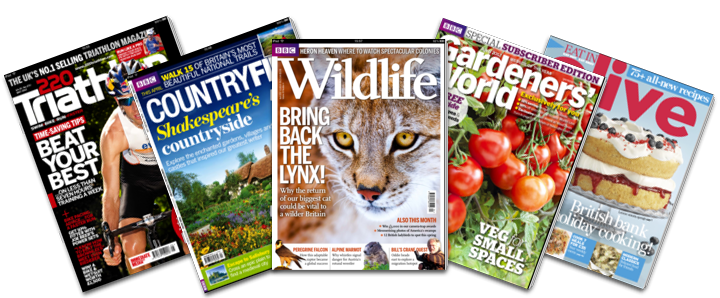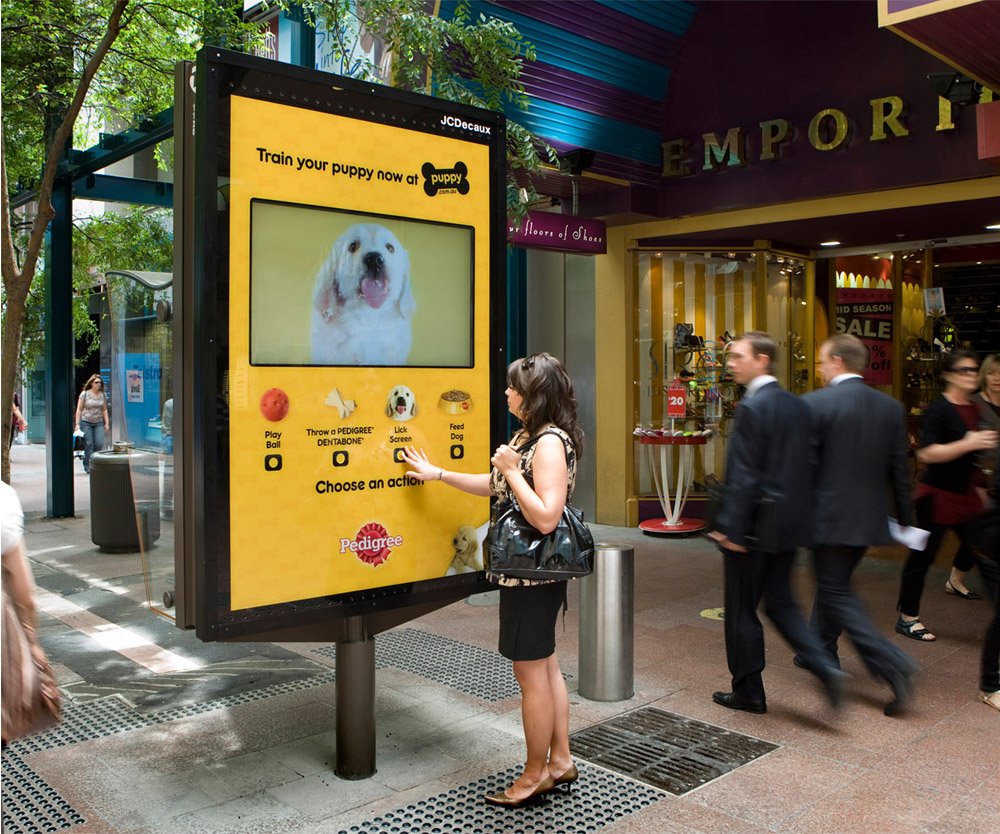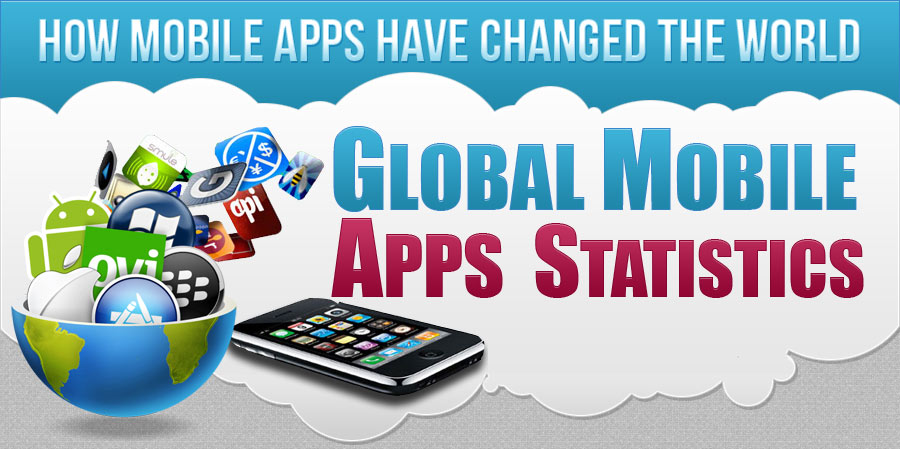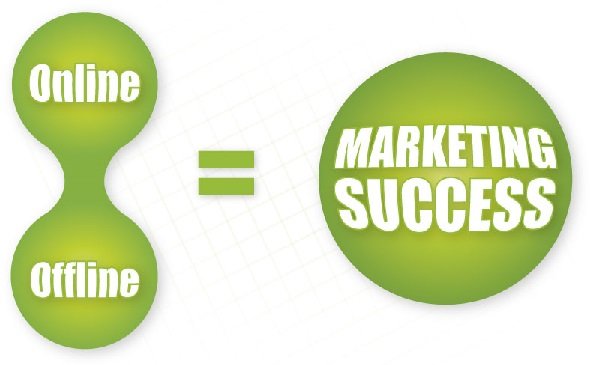Marketing
Marketing is a management process which includes creating, developing, communicating, distributing, delivering, promoting and exchanging products and services that have value for customers.
Marketing strategy:
Marketing strategy deals with the analysis of company’s goals, marketing objectives, and formulation, evaluation, selection of various strategies in order to reach the objectives and to face competitors’ and challenges of the external environment.
It is impossible to control the external environmental factors, which include technical, economic, cultural, political, demographic and legal aspects. Developing marketing plan by considering opportunities from internal and external environments, studying target markets, competitors’ analysis and the perfect combination of marketing mix results in achieving desired goals.
Offline and online marketing strategies:
Traditional marketing strategy only followed offline marketing strategies, from past few decades marketers are following collaborating marketing strategies with the combination of both traditional and modern methods.
Offline marketing strategies:
Marketing methods which do not involve the internet are termed as offline marketing. While the internet is ruling the world market, nowadays modern marketers are again taking a step to reach the customers those who are mainly away from the internet.
Purchasing the data of potential customers:
Purchasing the data of potential customers depending on the demographic, cultural, economic aspects and approaching prospective buyers directly to promote their product personally. Here identifying the target customers are the first step to market a product or service successfully.
Loyalty programs:
Loyalty brings brand image; offering qualitative products and services promotes loyalty. Strategies related to loyalty brings brand image. Identifying loyal customers and offering discounts and other promotional programs creates trust towards the product which makes them give first preference to that particular product or service.
Customer relations:
Customer relations management is one of the best marketing strategies because customers are the pulse of any organisation. Approaching customers and informing while they are inquiring about the product and after-sales services make possible to retain potential customers.

Discount pricing:
Discount pricing is a common and successful offline marketing strategy. Offering discounts is not always possible, it gives an only return on investment but not high profits. Discount prices for short periods attract customers and increases sales. Consistency in quality services and maintaining customers help to retain customers and creates stable markets
Direct mail:
Direct mails are traditional and most effective offline marketing methods to increase traffic to the stores with the help of sales letters, brochures and order forms. Marketers can reach the prospective customers quickly which creates an emotional attachment with target buyers.

Offline guerrilla marketing strategies:
Low-cost marketing strategies that result in strikes the potential customer at a memorable and personal level is called guerrilla marketing. These strategies include leaving sticky notes in coffee shops, restaurants, using sidewalk places with simple business quotations, donating their product related books to the libraries, etc;

Donating products and services as gifts and prizes:
By giving products and services as gifts and prizes, it shows commitment and consistency towards the customers which in turn makes them loyal to the organisation.
Advertisements in print media:
Selecting highly circulated publications to place advertisements is a strategic decision; selecting print media is a crucial part to attract target customers which bring more profits.
Magazines:
Offline marketing strategies are more expensive than online strategies; even though it is cost effective, some potential customers tend to read magazines so finding such demographic segment and strategically placing advertisements in those magazines make easy to maximize sales.

Newspapers:
Advertisements in newspapers can reach remote areas and creates product awareness. Agricultural industries, small scale businesses widely depend on newspaper for promoting their products.
Brochures:
Advertising through brochures facilitates customers to take home and read at their leisure or to get rid of boredom they read during journeys. Brochures direct them to the website and maximize brand image.
Broadcasting advertising:
Televisions:
People are very much used to watch television every day. It became the part of routine life for almost everyone. So to capture the attention of the general public with their products or services, television channels has been chosen by the organisations as one of the crucial media to reach the public. Firms do not compromise in paying to release their ads in this media as the public is completely bound with this media.
Movies:
Advertising a product in movies is called as Product Placement. It is the best way to introduce the product to the target audience. This ideology reaches the public more effectively than through the advertisements in a television. For this approach, the organisations or the manufacturing units are not hesitating to invest more than required.
Covert advertising:
The covert advertisement is not a direct advertisement, advertisement in a hidden form, for example, actors in a movie using a product to increase sales.

Celebrity advertising:
Celebrity marketing is a famous strategy, using well known or famous person to promote a product or service. He/she may be the film star, musician, sports person, etc. can influence the target markets.
Outdoor advertising:
Billboards:
Billboards can grasp the view of every customer who leaves their house; it mainly shoes impact on target markets. Good combination of colours, humour, and location engages consumers to think about a product.
Kiosks:
In shopping malls or at other public places companies keep some machines to catch the view of the potential buyers to create product awareness.

Events:
Creating events and campaigns, engaging customers directly and create awareness about a product in an interactive way promote business successfully.
Effective speech:
Sharing ideas and product information offer a great path to reach potential customers. Speaking product awareness topics at professional events also spread brand image at a great way.
Exhibitions and trade shows:
Exhibitions are opportunity providing places to show and demonstrate your product to the customers through setting up an exhibition stand with printed banners and product demonstrations. Trade fairs, consumer shows and exhibitions provide an opportunity for face to face meetings with the potential customers.
Telemarketing:
Telemarketing is a widely used and a very common promotional strategy. Marketers gather information of similar interests and make telephone calls to potential customers. It is also helpful for test markets to gather sales information and for research and developmental strategies.
Word of mouth:
A satisfied customer always recommends a product or service to the prospective customers. Word of mouth is the most powerful promotional act which strengthens the customer’ s willingness to buy the product.
Market research:
As a part of the market research, marketers offers the products and services to the target markets and gathers information, it acts as a promotional activity, which creates enthusiasm in the minds of customers to buy that product.
Online marketing strategies:
These are marketing methods and strategies that utilize the internet to deliver promotional marketing messages to reach the target customers easily. Marketers are using the internet as a very powerful tool to connect organisations with potential customers for promoting goods and services which lead develop business to a higher level.
Online marketing is less expensive, flexible, provides faster communication and better control is possible. It is also called as internet advertising, internet marketing, web marketing, search engine marketing and digital marketing. Lack of tangibility is the main drawback of this web marketing.
Email:
Every electronic mail regarding promotion of a product or service sent to the potential customer is known as email marketing. Personalised emails can build loyalty, customer relations and quick response which results in customer retention.
Email marketing is direct marketing helps to communicate product benefits and information which in turn raise funds. There are the multiple options for email marketing services, some of the top Email marketing services are Mail chimp, Campaign Monitor, Email Brain, Stream Send, Mad Mini, Bench Mark Email, Get Response, Customer Contact, Graphic Mail, and Boomerang.
Online customer service:
Modern business techniques use e-support to satisfy customers during sales or returning the products. Customer service is a critical part, so companies have to focus more on this aspect. Online customer services are less expensive and more effective. Providing chat support, easy web browsing and clear information about product maximise the customer satisfaction.
Online advertisements:
Online advertising has become one of the most common and most powerful strategies. Today internet has become a part of daily life activities. Advertisements appear alongside while searching can attract the potential customers.
Social media:
A vital element and an art of producing traffic to the site for generating online business is social media. It is an online broadcasting tool facilitates exposure, conversion, page views and sales tracking.
Creating pages for products, uploading photos, posting links, using side banners with product details can grab the attention of the viewers.
Advertising in various social media increases customers. Following are the famous social networking sites
Facebook.com
Twitter
Linkedin
reddit.com
del.icio.us
blogcatalog.com
mix.com
diigo.com
Content:
Content marketing is a modern marketer’s strategy. Communicating, and delivering valuable, relevant and consistent information to the customers with the intention of changing their behavior and belief towards the product.
Relevant and consistent information to the public acts as an ongoing valuable guidance and customers finally rewards with loyalty and business.
Website:
Almost all the firms are aligned with different websites to launch their products or to advertise their services. If we observe, even a bank website also throws a notification which carries an ad.
Video presentations:
It is very obvious that visual presentations have more impact than verbal communication. So most of the ad campaigns are concentrating more on the motion pictures to reach the general public.
Mobile:
Now, the complete world runs on mobile apps. The complete market is making money out of this new trend in the market. It has become easier to advertise the products through these apps as most of the people are completely dependent on their mobile phones.

Pay-per-click ads:
Using search engine advertising to generate traffic to the website, every time the advertisement is clicked it sends a visitor to the website and sponsors pay the fee for every click.
Online directories:
Online directories are dynamic storage systems containing emails, phone numbers, and addresses. Successful marketers are using e-marketing strategy to reach the target customers. Directory searches make possible to place an organisation’s name at the top most position.




